Anterior cruciate ligament (ACL) reconstruction refers to the replacement of the damaged ACL with a tissue to facilitate normal functioning of the knee. ACL is a major stabilizing ligament in the knee, which connects the femur to the tibia. ACL helps provide proper movement of the tibia. ACL also facilitates pivoting or sudden change in the direction of the leg, preventing damage to the knee.
The ACL can be injured in different ways, thus warranting a need for ACL repair. The following scenarios may damage the ACL:
The ACL may not require surgery when the knee is stable when the ligament is not torn completely, or even when you don’t have to strain your knees by active sports. The alternate treatment in such a situation is “RICE” – Rest, Ice, Compression, and Elevation.
Physiotherapy, exercise, and braces for legs can help provide support to the knee. Exercises such as swimming, running in a straight line, and playing golf can be preferred by active individuals if they do not wish to return to an active sports life.
General anaesthesia or local anaesthesia will be given before ACL reconstruction surgery. The tissue to replace the damaged ACL will be taken from the kneecap or hamstring tendons of your body, or from a donor. The surgery is usually performed with the help of knee arthroscopy.
ACL repair involves the use of a camera inserted into the slit made in the knee. A computer connected to the camera facilitates viewing of the inner ligament, by which the physician can perform the surgery. Other incisions are made to incorporate the required equipment and then the ACL reconstruction surgery is performed.
You will be sent home on the same day of the surgery. You will be instructed to use knee braces or crutches after one to four weeks of the surgery. The physician prescribes pain medications if required. Physiotherapy could help retain the integrity of the knee faster.
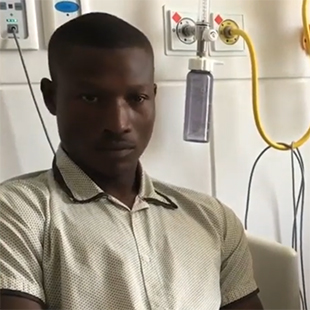
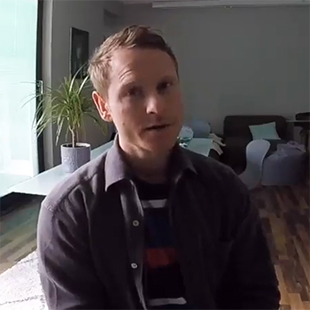
United Kingdom
Billy Wynne Wilson from UK underwent ACL Reconstruction in Hungary Read Full Story
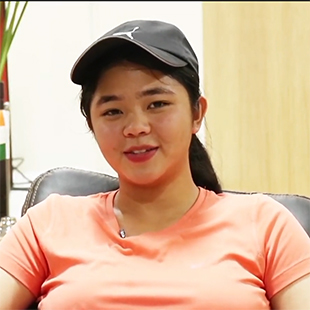
Japan
Patient Story: 17 Yr Old Patient from Japan underwent ACL Reconstruction in India Read Full Story
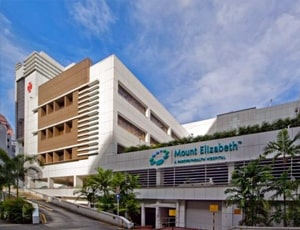
Singapore, Singapore
Mount Elizabeth Hospital is a multispecialty healthcare facility operated by Parkway Health. The hos...more
![]() Private Rooms
Private Rooms
![]() Translator
Translator
![]() Nursery / Nanny Services
Nursery / Nanny Services
![]() Airport Pick up
Airport Pick up
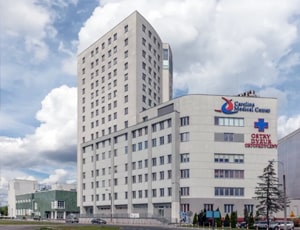
Warsaw, Poland
History Carolina Medical Center is one of the best and clinically advanced orthopedics and sports m...more
![]() Accommodation
Accommodation
![]() Airport Transfer
Airport Transfer
![]() Choice of Meals
Choice of Meals
![]() Interpreter
Interpreter
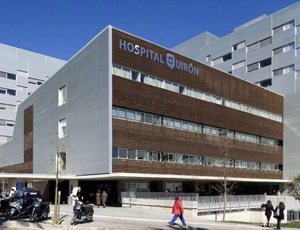
Barcelona, Spain
Quironsalud Barcelona Hospital is built at a very convenient location in Barcelona. The hospital is ...more
![]() Accommodation
Accommodation
![]() Airport Transfer
Airport Transfer
![]() Choice of Meals
Choice of Meals
![]() Interpreter
Interpreter
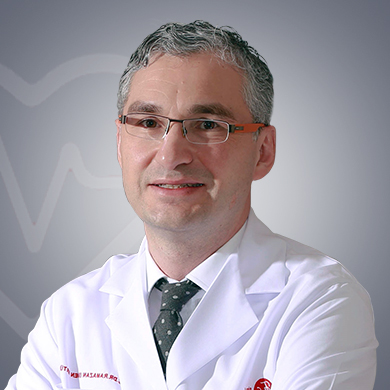
Orthopaedics & Joint Replacement Surgeon
Ulus, Turkey
22 Years of experience
USD 240 for video consultation

Orthopedics & Joint Replacement Surgeon
Hyderabad, India
22 of experience
USD 30 for video consultation

Orthopedic Surgeon
Hyderabad, India
5 of experience
USD 30 for video consultation

Orthopedic Surgeon
Hyderabad, India
14 of experience
USD 30 for video consultation
Q. When should I go for an ACL repair?
A. It is recommended to people who want to return to their active sports life and prevent a knee-buckling while performing these sports. It is recommended for patients with a stressed knee.
Q. When should the surgery be performed?
A. The surgery is not an emergency. Effective results are observed if the surgery is performed after a small period of rehabilitation to the knee. For better results and protection of the meniscus of the knee, six months of rehabilitation after the tear of the ACL is required.
Q. How can I know that I have ACL damage?
A. A pop sound will occur at the time of the injury. The swollen and painful knee may indicate that you have ACL damage.
Q. Will my pain reduce after ACL pain?
A. There will be pain until two weeks after the surgery. The pain can be controlled by using ice packs, performing exercises as recommended by the physician, taking rest, and using pain relief medications.
Q. Can I return to sports after the surgery?
A. Yes, but it can take 9 to 12 months after proper rehabilitation and 6 months training in sports-specific agility drills.